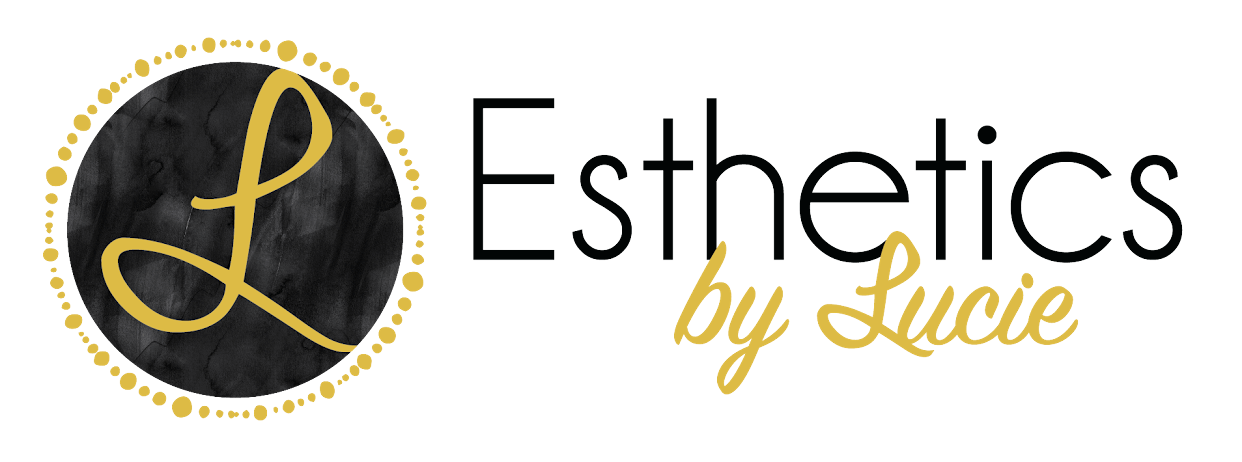BOTOX
-
Botox is composed of a purified form of Botulinum toxin type A, a protein produced by the bacterium Clostridium botulinum. This bacterium is naturally found in soil and can occasionally contaminate food. If ingested in large amounts or introduced into a wound, Botulinum toxin type A can lead to an illness called botulism. For safety, Botox is produced in a controlled laboratory setting where the toxin is carefully purified and used in precise, small doses.
During this process, the toxin is diluted and sterilized to ensure that it is safe and effective. This careful handling prevents any risk of botulism and allows Botox to be used safely in small, controlled doses for both medical and cosmetic purposes.
-
To prepare for your Botox treatment, follow these steps:
1. Consultation: Schedule a consultation with your healthcare provider to discuss your aesthetic treatment goals, medical history, and any potential risks.
2. Medication List: Provide your healthcare provider with an up-to-date list of all medications and supplements you take. Some medications, especially anticoagulants or blood thinners (like Warfarin®) and non-steroidal anti-inflammatory drugs (NSAIDs), can increase the risk of bruising at the injection site.
3. Avoid Blood Thinners: For at least a week before your treatment, avoid taking unprescribed medications or supplements that can thin your blood, such as aspirin, ibuprofen, and fish oil, as these can also increase the risk of bruising.
4. Avoid Alcohol: Refrain from drinking alcohol for 24 hours before your appointment. Alcohol can make you more prone to redness and bruising.
5. Arrive Makeup-Free: Try to come to your appointment without makeup on the area to be treated. This helps your provider assess your skin and apply the Botox more accurately.
6. Discuss Allergic Reactions: Inform your provider about any allergic reactions or sensitivities you have, especially to medications or skincare products.
7. Follow Pre-Treatment Instructions: Your provider might give you specific instructions based on your individual needs. Be sure to follow these carefully.
-
The timing for Botox treatments varies depending on your personal needs and goals. Typically, it’s recommended to schedule follow-up appointments every 3 to 6 months. As you undergo regular treatments, you might notice that the intervals between sessions can lengthen and the amount of Botox needed may decrease. Your healthcare provider will work with you to establish a treatment plan that aligns with your individual progress and desired results.
-
Like any medical treatment, Botox can have side effects. These may include temporary discomfort at the cosmetic injection site, such as pain, swelling, redness, or bruising. Some people may experience some side effects such as headaches, flu-like symptoms, neck pain. In rare cases, temporary eyelid drooping or eye irritation can occur. Be sure to discuss any concerns with your healthcare provider before treatment.
-
To ensure the best results after your aesthetic treatment, avoid intense physical activity, heat, and alcohol for 24 hours. Refrain from taking painkillers unless advised by your doctor. Keep the treated area clean and free of makeup, and remain upright for a few hours post-treatment. Additionally, avoid touching or massaging the area to allow the Botox to settle properly.
-
Insurance coverage for Botox varies by provider. It’s always a good idea to check with your insurance company to understand your policy. In some cases, treatments for certain medical conditions may be covered, while Botulinum toxin injections for cosmetic purposes are typically not included.
-
We do not offer Botox injections to individuals who are pregnant or breastfeeding and individuals with certain neuromuscular disorders. One week before your Botox treatment, we recommend avoiding aspirin or any other medications containing aspirin.
-
10/UNIT
-
Dysport and Botox are nonsurgical forms of wrinkle treatment. The main differences between Botox and Dysport are:
Dysport is only approved for glabellar lines, or the area between your eyebrows, while Botox is approved for treating forehead lines and fine lines around the eyes (crow’s feet), in addition to glabellar lines.
Dysport and Botox both work the same way, but the Dysport molecule is slightly smaller. Botox takes seven to 10 days to see the full effect, but Dysport can take as little as three.
Dysport has a different protein formulation than Botox, which leads to quicker diffusion in the injection area.


